Computer Vision
Computer vision is one of the key fields within the umbrella of visual computing. It involves developing methods for acquiring, processing, analysing, and understanding images and, in general, high-dimensional data from the real world in order to produce numerical or symbolic information.
Projects
-
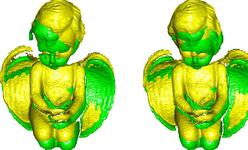
3D feature extraction and matching
Feature extraction and matching is a traditional method for shape matching and analysis.
-
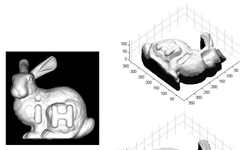
Advanced Shape from Shading Methods
This project intends to explore the combination of new techniques from related research areas and state-of-the-art SFS algorithms to improve robustness and feature preservation in shape recovery from single but sophisticated real-world image.
-

Biological sensor data
The group created novel data visualization and data analysis approaches for accelerometry data from animal behaviour data tags.
-
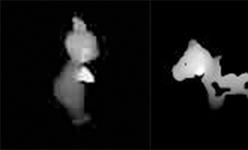
Efficient 3D shape matching and retrieval
This project attempts to develop efficient techniques for the representation and matching of 3D shapes.
-
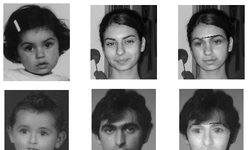
Facial aging simulation and visualization
Facial Aging Progression Simulation
-

Naturally Viewed 3D Displays
The NV3D display system is designed as a natural view, auto stereo display system which uses up to 36 projectors to piece together different images to different viewpoints located in front of its display screen.
-
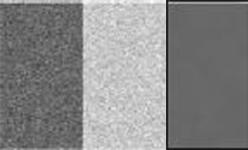
Noise removal and image enhancement
The captured either 2D or 3D data are usually unavoidably corrupted by imaging noise.
-
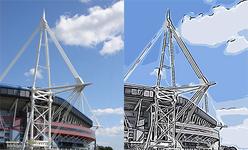
Non-photorealistic rendering
The team in Cardiff have developed their approach using computer vision techniques to produce a combination of lines and tonal blocks (black and also white for highlighting) to create an abstracted artistic rendering.
-
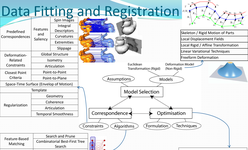
Registration of 3D Point Clouds and Meshes: A Survey from Rigid to Non-Rigid
3D surface registration is fundamental to many compute graphics, vision and medical applications.
-
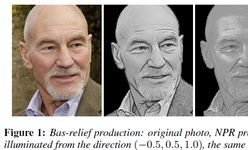
Relief Computation using Shape-from-Shading
This project explores how to create bas-reliefs from 2D face photographs.
-
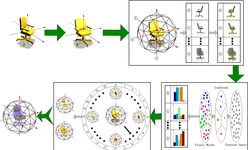
Robust and Sensitive Methods for Non-rigid and Partial 3D Model Retrieval
3D models have a broad range of applications in many different areas such as engineering, biology, chemistry, medicine, entertainment and cultural heritage.
-
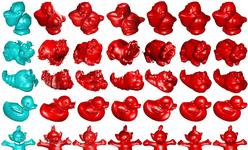
Saliency detection for 3D surface reconstruction, segmentation and simplification
While the laser scanning systems usually have limited field of view, the captured data from a single viewpoint can only cover a part of the area of interest.
-
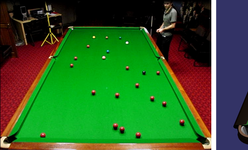
Sports Visualization Video
Technology is playing an ever-increasing role within sports, including the ability to collect substantial amounts of video data on player performance both in training and live-match scenarios.
-
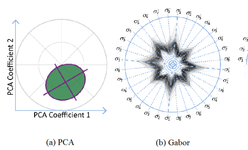
Visualizing Image Statistics
Natural image statistics is an important area of research in cognitive sciences and computer vision.